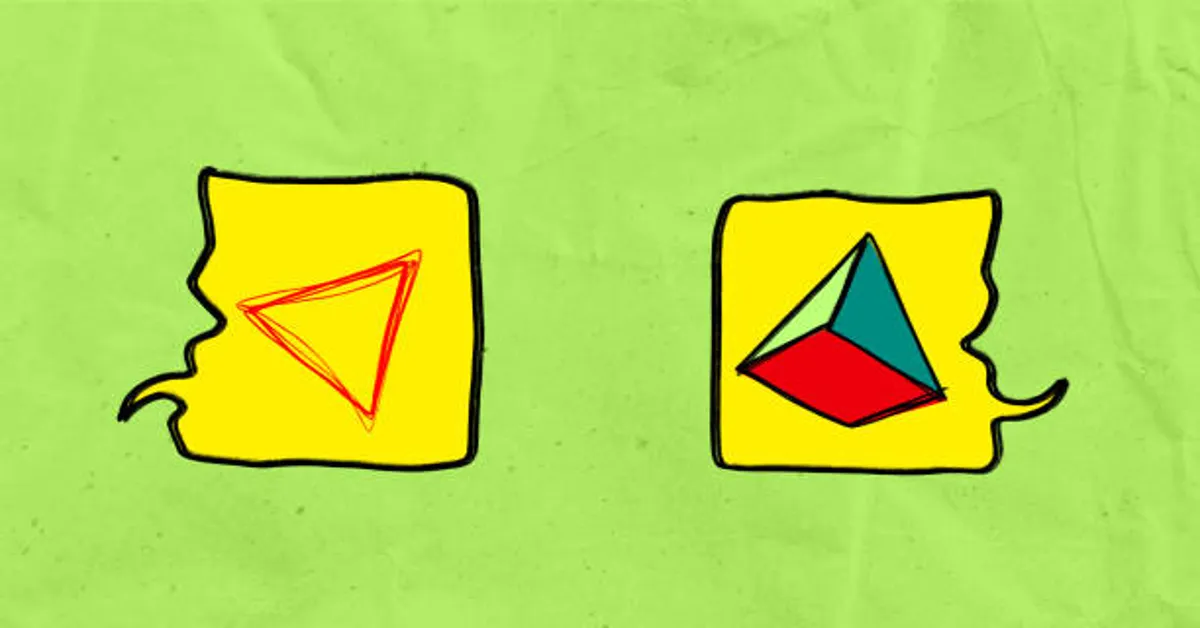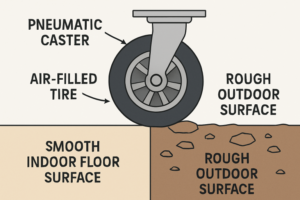Introduction
Geometry Dash is a rhythm-based action platformer developed by RobTop Games, first released in 2013. It quickly gained popularity due to its intense gameplay, vibrant visuals, and highly creative level editor that allows users to build and share their own levels. Over time, the game evolved far beyond its initial simple format, giving rise to an entire subculture of creators, competitive players, and community innovations. One of the prominent techniques that emerged, particularly among advanced players and level designers, is “spam”—a playstyle and design element that has taken on a life of its own within the Geometry Dash ecosystem. In this article, we will explore the concept of spam in Geometry Dash spam, its different forms, how it influences gameplay, its effects on the community, and how it continues to shape the game’s future.
What is Spam in Geometry Dash?
The term “spam” in Geometry Dash does not refer to irrelevant messages or comments, as it often does in digital communication. Instead, in the context of Geometry Dash spam refers to rapid or repeated player input, usually in the form of fast clicking or tapping. This rapid input is required to control the player’s icon—be it a cube, ship, wave, or other forms—during intense gameplay sequences.
The goal of spam sections is to challenge the player’s reflexes, timing, and stamina. These segments often require the player to tap or click at extremely high frequencies—sometimes exceeding 15–20 clicks per second—to maneuver through tightly spaced obstacles or to maintain height and direction in modes like wave or ship.
Spam is used in a variety of ways, both as a standalone challenge and as part of complex sequences. The concept is rooted in manual dexterity and is often considered a measure of raw skill, as opposed to timing-based or memory-based challenges. Spam sections can be found in official levels, user-created levels, and even specially designed “spam challenge” levels intended to test a player’s speed and endurance.
Types of Geometry Dash Spam
Geometry Dash Spam comes in different forms, each associated with specific gameplay modes or types of control mechanics. Understanding the diversity of spam can help players identify and prepare for them more effectively.
1. Wave Spam
Wave spam is perhaps the most common and recognizable form of spam in Geometry Dash spam. In wave mode, the player’s icon moves diagonally upward or downward depending on whether the input is held down. Repeated clicking causes the wave to zigzag, and high-speed input results in tighter and more frequent changes in direction. Wave spam sections are usually narrow corridors where the player must maintain rapid, precise inputs to avoid colliding with the terrain.
Wave spam requires a fine balance between speed and control. Players often use butterfly clicking or jitter clicking techniques to increase their input rate. It is also one of the most visually impressive spam styles due to the rapid zigzag movement.
2. Ship Spam
Ship spam involves controlling the flying ship icon, which moves upward when the input is held and downward when released. In ship spam sections, players must rapidly tap to keep the ship in a hovering position or navigate tight vertical spaces. The difficulty comes from the ship’s tendency to accelerate the longer the input is held, which makes precise control harder during rapid spamming.
Unlike wave spam, ship spam doesn’t always require the same input speed, but rather quick adjustments that simulate a smooth, hovering trajectory. Over-tapping can cause the ship to rise too high, while under-tapping may cause it to fall and crash.
3. UFO Spam
The UFO mode functions similarly to the cube but with a floating effect. Each tap causes the icon to jump upward in a defined arc. Spam sections using the UFO typically require rapid, rhythmic input to stay within floating paths. It is less intense than wave or ship spam but still tests a player’s timing and rhythm.
In many UFO spam sections, players must also alternate their input speed due to gravity changes or alternating jump pads, making it a more complex challenge than simply tapping fast.
4. Robot Spam
The robot mode amplifies the cube’s jumping ability, with jump height based on how long the input is held. This creates a spam style that combines timing and speed. Rapid, quick taps produce smaller jumps, while longer presses result in high arcs. In spam sections with the robot, players often face platforms spaced closely, requiring precision and minimal jump height.
This form of spam is especially tricky because the user must modulate input strength in addition to frequency, making it more of a hybrid skill test.
5. Dual Spam
Dual mode introduces simultaneous control of two icons, sometimes moving in mirrored or separate paths. Dual spam sections require players to spam in a way that accommodates both icons at once. This is extremely challenging, especially in wave or ship mode, where a misstep for either icon can lead to failure.
Advanced players who master dual spam are often seen as elite within the community due to the intense focus and coordination it demands.
Purpose and Use of Spam in Level Design
Spam isn’t just a random insertion into levels; it serves multiple purposes depending on the creator’s goals and the level’s overall theme. Understanding why and how spam is used in level design helps demystify its presence in user-created content.
Difficulty Scaling
Spam is a clear indicator of difficulty in a level. The faster the required input, the harder the section becomes. Many creators use spam to elevate their level’s rating, attempting to reach “Insane” or “Demon” difficulty levels. Spam sections are often short but serve as skill gates that test a player’s reaction time.
Player Engagement
In well-designed levels, spam sections can act as moments of high tension and excitement. They break the monotony and require sudden bursts of concentration, making gameplay feel dynamic and intense. When used sparingly, they add variety and keep players on their toes.
Creative Expression
Many level creators use spam as a stylistic choice. For example, visual effects synchronized with rapid input, or rhythmic spam sections that align with the beat of a song, can create a memorable gameplay experience. In some levels, spam sequences are timed to musical climaxes or drops, creating an audio-visual synchronization that enhances immersion.
Competitive Challenge
Spam challenges are also a category of their own. Entire levels are built specifically to test how fast a player can click or tap. These challenges are often shared among top players who attempt to beat each other’s records, turning the act of spamming into a competitive event. These spam challenge levels are typically short, with a very narrow success window.
Tools and Techniques Used by Players
To perform well in spam-heavy sections, players often develop or adopt specific techniques and tools. Some even go to great lengths to physically condition themselves for high-speed input.
Clicking Styles
- Butterfly Clicking: Rapid tapping using two fingers alternately on the mouse button.
- Jitter Clicking: Vibrating the hand to create extremely fast clicks, often exceeding 15 clicks per second.
- Drag Clicking: Less common, but used by some players with specialized mice to achieve very high CPS (clicks per second).
- Tapping (Mobile): On touch devices, players often use two thumbs or index fingers in rapid succession.
Devices
While spam sections can be completed using standard peripherals, many top players use high-end mice or mechanical keyboards that are optimized for high responsiveness and durability. On mobile, players might choose tablets over phones due to larger screen areas allowing better control.
Practice and Muscle Memory
Spam isn’t just about raw speed. Players must build muscle memory and maintain endurance over repeated attempts. Many use practice mode to isolate spam sections, repeating them hundreds of times until they develop the necessary rhythm and consistency.
Impact on the Geometry Dash Community
Geometry Dash spam has had a profound effect on the community, both positively and negatively.
Positive Effects
- Skill Development: Spam sections challenge players to develop fine motor skills and improve their reflexes.
- Content Creation: Spam has inspired an entire genre of level design. Many popular creators have developed spam-heavy levels that are well-regarded within the community.
- Competition: Spam challenges encourage competitive gameplay, with leaderboards and personal bests adding motivation.
Negative Effects
- Accessibility: Not all players have the physical ability to perform rapid spam, especially on mobile devices. This can make certain levels feel exclusionary.
- Frustration: Poorly designed spam sections can be frustrating, especially if they rely on luck rather than skill.
- Tool Misuse: Some players resort to using auto-clickers or modified controllers, which undermines fair competition.
Evolution and Future of Spam in Geometry Dash
Spam has evolved from a gimmick into a sophisticated element of Geometry Dash spam’s gameplay language. With the ongoing updates and the release of Geometry Dash 2.2, new gameplay mechanics and editor tools offer even more possibilities for spam-based challenges.
Some creators now use time-warp effects, gravity manipulation, and multiple camera angles to create spam sections that are not only challenging but visually stunning. The community continues to innovate, and spam is likely to remain a staple of high-level gameplay for years to come.
Responsible Design and Play
As with any challenging mechanic, balance is key. Level creators should be thoughtful about incorporating spam sections, ensuring they are fair, achievable, and in harmony with the level’s overall design. Similarly, players should strive to improve through practice and dedication rather than relying on shortcuts or automation.
ALSO READ: What Does “4 Weeks From Today” Mean? A Deep Dive into Time Planning and Future Preparedness
FAQs about Geometry Dash Spam
1. What does “spam” mean in Geometry Dash?
In Geometry Dash, “spam” refers to rapidly repeated inputs—clicking or tapping at high speed—to control an icon through difficult sections. It’s commonly used in wave, ship, UFO, or dual modes.
2. Is spam necessary to beat difficult levels in Geometry Dash?
Not all hard levels require spam, but many high-difficulty levels include spam sections as a test of player reflexes and control. It’s one of several skills players need to master.
3. How can I improve at spamming in Geometry Dash?
You can practice using techniques like butterfly clicking or tapping with both hands. Isolating spam sections in practice mode and gradually increasing speed helps develop accuracy and endurance.
4. Are there tools or devices that help with spam gameplay?
High-performance gaming mice or mechanical keyboards can improve responsiveness. However, using auto-clickers or macro software is generally considered cheating and discouraged by the community.
5. Is spam bad game design in Geometry Dash?
Spam can be either good or bad depending on implementation. Well-designed spam sections test skill and enhance gameplay, while poorly implemented ones can feel unfair or impossible for most players.









